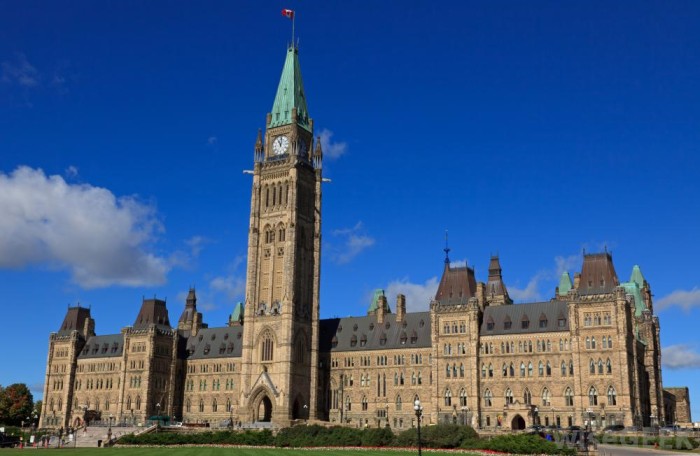At the end of August, when most Canadians were enjoying their summer vacations, Prime Minister Trudeau made a number of significant changes to the structure and composition of his cabinet committees. This move was not unexpected given that the government has been in office for almost one year and the Prime Minister and his staff have had ample opportunity judge the effectiveness of the cabinet system they implemented when the Government was sworn in on November 4, 2015.
This is a government in a big hurry to meet the high expectations that it has carefully nurtured among Canadians. To date, it has initiated more than 120 consultations in diverse policy areas and the Prime Minister likes to remind Canadians of his policy priorities. However, time flies quickly in the life of a government and, as a result, the election gurus in the Liberal party of Canada can sense that the window is closing on some of their more ambitious and complex policy initiatives such as climate change, health care reform, and trade agreements.
Given the new sense of urgency, this is a good time for a reset and the Prime Minister has taken the important first step in restructuring his government by making some crucial changes to his decision-making process.
In this regard, the Prime Minister has made four consequential adjustments to the structure and mandate of his Cabinet committees.
• The Cabinet committee on Open and Transparent Government was merged with the Cabinet Committee on Parliamentary Affairs and renamed the Cabinet Committee on Open Transparent Government and Parliament, thus making the explicit link between open government and parliamentary reform.
• He created a Cabinet Committee on Litigation Management and appointed Dominic LeBlanc as its first chair, sending the unmistakable signal that there is a need to corral the spiraling costs of legal and other costs of litigation.
• The Cabinet committee on Inclusive Growth, Opportunities and Innovation has been renamed the Cabinet Committee on Growing the Middle Class to refocus the committee’s and citizens’ attention on the middle class which, at this point, will be the battle ground for the next federal election.
• The former Committee on Defense Procurement and the Subcommittee on Canada US relations have been given full committee status to emphasize the need to make decisions about key procurement acquisitions and to prepare for a newly elected president in November.
Collectively, these changes signal the emerging priorities of this government and also underscore the Prime Minister’s ongoing commitment to the involvement of as many of his ministers as possible in decision-making. As a result of these changes, the Ministry now includes 11 cabinet committees which range in membership size from 7 to 13 members. By way of comparison with previous administrations, the current committee system stands in stark contrast to Jean Chrétien’s government which used only four permanent committees over its ten years.
While the Prime Minister has resisted the temptation to create an executive committee such as a Priorities and Planning used by his predecessor, the refashioned Agenda, Results and Communications Committee effectively plays that role with one special twist. By linking agenda setting and policy outcomes (results), the Prime Minister has forced his government to look seriously at the effectiveness of programs and against their forward agenda. The new evaluation policy that Minister Scott Brison released in August further underscores the government’s intention to scrutinize program outcomes.
The efforts to link program outcomes to future spending decisions is not a new concept within the Federal government where earlier versions failed because prime ministers at the time were not committed to eliminating or downscaling ineffective programs. Prime Minister Trudeau has placed himself at the head of the table by owning this latest effort to attack underperforming programs.
These changes also represent a vote of confidence that the Prime Minister has in his colleagues and also signals that these 11 cabinet committees will do the heavy lifting for his government. In particular, the new Committee on Transparent Government and Parliament is being chaired by Carla Qualtrough, an already busy minister, who is being asked to resolve one of the most complex policy files that the government will deal with during its mandate.
It remains to be seen whether Prime Minister Trudeau feels that he needs to shuffle new players into his Cabinet to replace those who have not yet delivered on his agenda. Since Cabinet shuffles are very consequential to those involved, moving Ministers in and out of Cabinet is more difficult personally for the Prime Minister than tinkering with the machinery of government. As a consequence, a decision to make changes to the cabinet will reveal a lot about the prime minister’s management style and his assessment of the performance of his Cabinet team.
David Zussman is a Senior Fellow in the Graduate School of Public and International Affairs at the University of Ottawa, Adjunct Professor at the University of Victoria, and Research Advisor to the Public Sector Practice of Deloitte. dzussman@uottawa.ca

